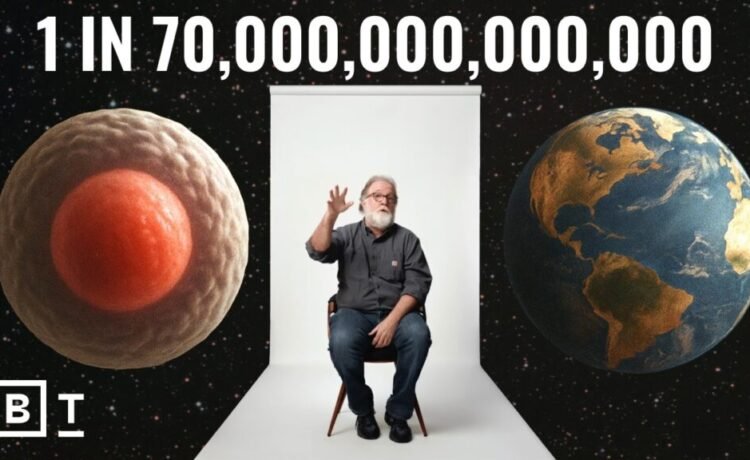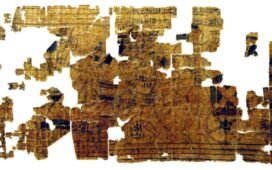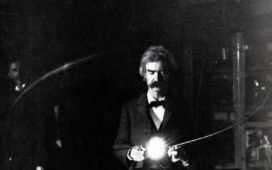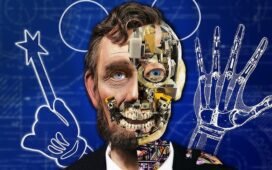At a 1998 conference on technology and life, The Hitchhiker’s Guide to the Galaxy author Douglas Adams once proposed the notion of a sentient puddle. Imagine it “waking up one morning and thinking, ‘This is an interesting world I find myself in — an interesting hole I find myself in — fits me rather neatly, doesn’t it? In fact, it fits me staggeringly well, must have been made to have me in it!’ ” No matter how much intelligence it may somehow have attained, this puddle doesn’t realize that its shape was dictated by its environment, not the other way around. Nor does it seem to realize on just how many factors its very existence is contingent; to its mind, this is a puddle’s world, and the rest of us are just living in it.
Of course, the rest of us are in just the same situation. In the 70-minute Big Think video above, evolutionary developmental biologist Sean B. Carroll puts our presence on Earth in perspective, beginning with the various factors that happened to converge to make complex life possible on this planet at all. “A huge number of things had to go right for our species to exist, and for each of us individually to exist,” he says, and that’s true on “the cosmological scale, the geological scale, and the biological scale.”
One important event is the asteroid impact that “reset” life on Earth 66 million years ago, which triggered a gradual cooling of the planet, and another was the tectonic movement that pushed together what we now know as Asia and the Indian subcontinent. A result of these and other unlikely occurrences was the “biosphere” in which we and all other extant species live today.
What about you and me in particular? Neither of us, as Carroll tells it here and in his book A Series of Fortunate Events: Chance and the Making of the Planet, Life, and You, should feel that our place was guaranteed. In human reproduction, when two parents get together and “that one lucky sperm makes it and combines with that one egg at that moment, that’s about a one-in-70-trillion event, genetically speaking.” This can be difficult to internalize, since our own existence is all we’ve ever known, in the manner of Adams’ sentient puddle. Even “as the sun rises in the sky and the air heats up and as, gradually, the puddle gets smaller and smaller,” it continues “frantically hanging on to the notion that everything’s going to be alright, because this world was meant to have him in it, was built to have him in it.” There’s a lesson for humanity in that story, and one that hasn’t become any less urgent in the past 27 years.
Related Content:
The History of the Earth (All 4.5 Billion Years) in 1 Hour: A Million Years Covered Every Second
Big History: David Christian Covers 13.7 Billion Years of History in 18 Minutes
An Astronaut’s Guide to Life on Earth by Commander Chris Hadfield: The Viral Book Trailer
Based in Seoul, Colin Marshall writes and broadcasts on cities, language, and culture. His projects include the Substack newsletter Books on Cities and the book The Stateless City: a Walk through 21st-Century Los Angeles. Follow him on the social network formerly known as Twitter at @colinmarshall.
















